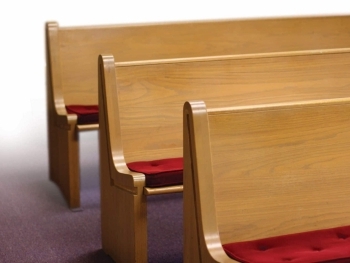Historical maps are not just tools for navigation; they are also works of art that capture the imagination and transport us back in time. The best historical maps combine accuracy with beauty, creating visually stunning representations of the past.
The Importance of Accuracy
Historical maps must be accurate in order to be useful. They must correctly represent the geography of the time period, including the location of cities, rivers, and mountains. They must also be accurate in terms of scale, so that viewers can get a sense of the relative size of different places.
The Elements of Beauty
In addition to being accurate, historical maps should also be beautiful. This means that they should be visually appealing and engaging. Mapmakers use a variety of techniques to create beautiful maps, such as using different colors to represent different features, using textures to add depth, and using symbols to represent important landmarks.
The Role of Color
Color is one of the most important tools that mapmakers use to create beautiful maps. Different colors can be used to represent different features, such as land, water, and mountains. Mapmakers can also use color to create a sense of depth and atmosphere.
The Use of Texture
Texture can also be used to add depth and interest to maps. Mapmakers can use different textures to represent different features, such as the roughness of mountains or the smoothness of water.
The Symbolism of Shapes
Mapmakers often use symbols to represent important landmarks, such as cities, castles, and churches. Symbols can be more visually appealing than simply writing out the names of landmarks, and they can also add a sense of history and mystery to maps.
The Challenge of Combining Accuracy with Beauty
Combining accuracy with beauty is a challenge that historical mapmakers have faced for centuries. Mapmakers must be careful not to let their artistic sensibilities overshadow their need to create accurate maps. However, they must also be creative and find ways to make their maps visually appealing.
The Legacy of Historical Map Design
Historical map design is a rich and varied tradition that has produced some of the most beautiful and informative maps ever created. These maps continue to inspire and amaze us today, and they provide us with a valuable window into the past.
The art of historical map design is a fascinating and important field. By combining accuracy with beauty, historical mapmakers create maps that are not only useful but also works of art.




